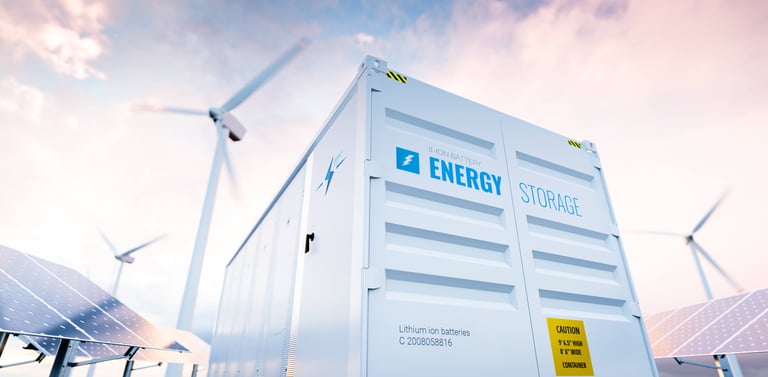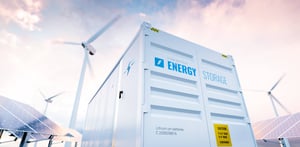An underwater turbine off Scotland’s northern coast is rewriting the playbook for marine‑renewables investors, showing that tidal technology may be moving from niche trial into scalable infrastructure.
Off the swift currents of the MeyGen site, the turbine has operated for more than six years without unscheduled maintenance, in what was once considered a “brutal” marine environment for machinery.
The MeyGen site leverages the powerful and predictable tidal flows of the Pentland Firth, where currents exceeding 18 mph are reported, and places turbines directly on the seabed in open water. Unlike traditional tidal barrages, this stream‑turbine approach sidesteps some of the heavier civil infrastructure and environmental concerns associated with dam‑like structures. In its current configuration, MeyGen’s four turbines, each around 1.5 MW, supply enough electricity for roughly 7,000 homes.
Tides are driven by celestial cycles, not weather, and therefore allow for generation forecasts with high precision. The density of water means that a given flow velocity can yield more power than a comparable wind speed, further strengthening the business case for high‑flow coastal zones.
Ampeak Energy Limited (LON:AMP) a developer, owner and operator of sustainable energy projects. Transitioning to become a major Independent Power Producer (IPP) with a project development arm specialising in Battery Storage and Tidal Stream generation.








































